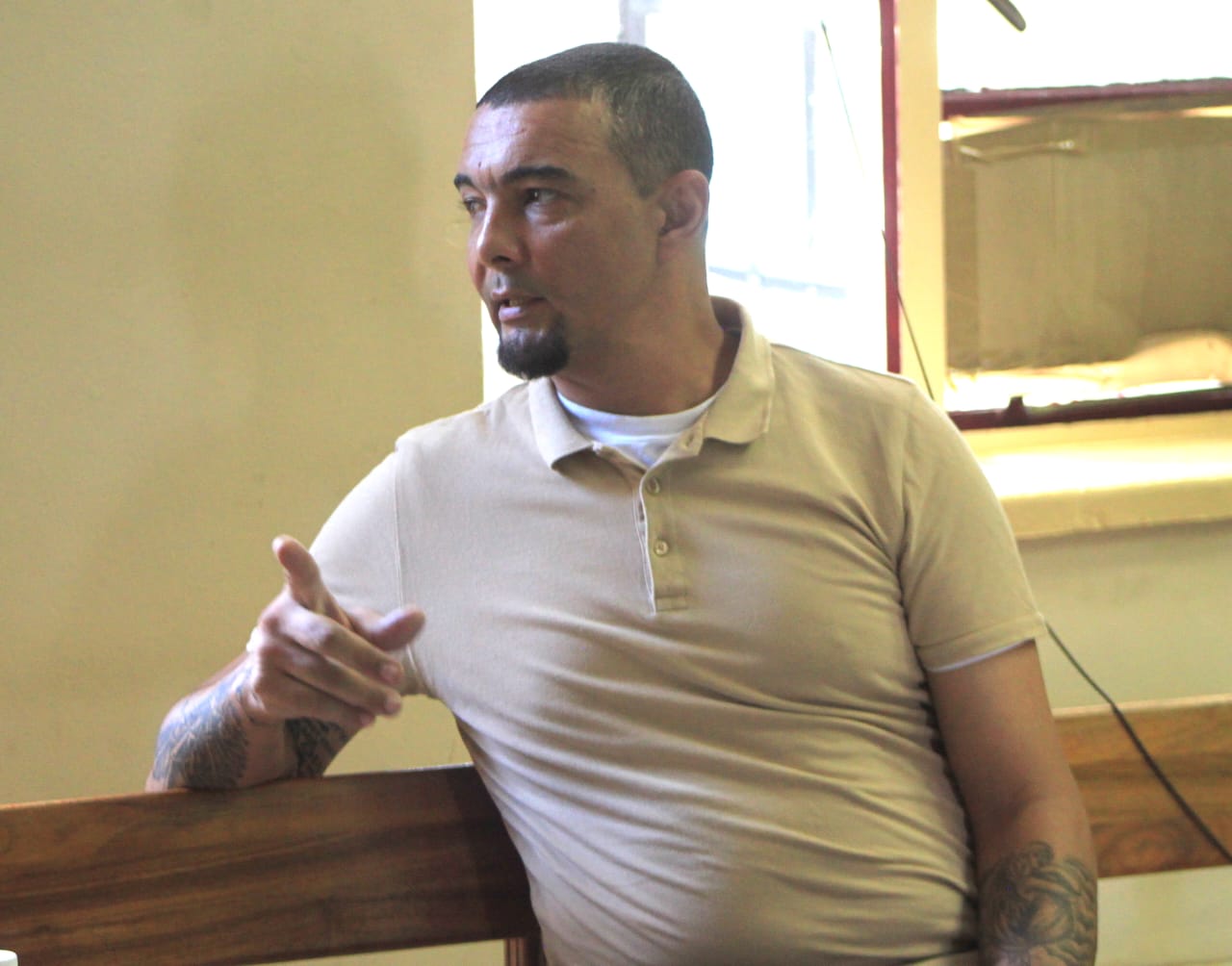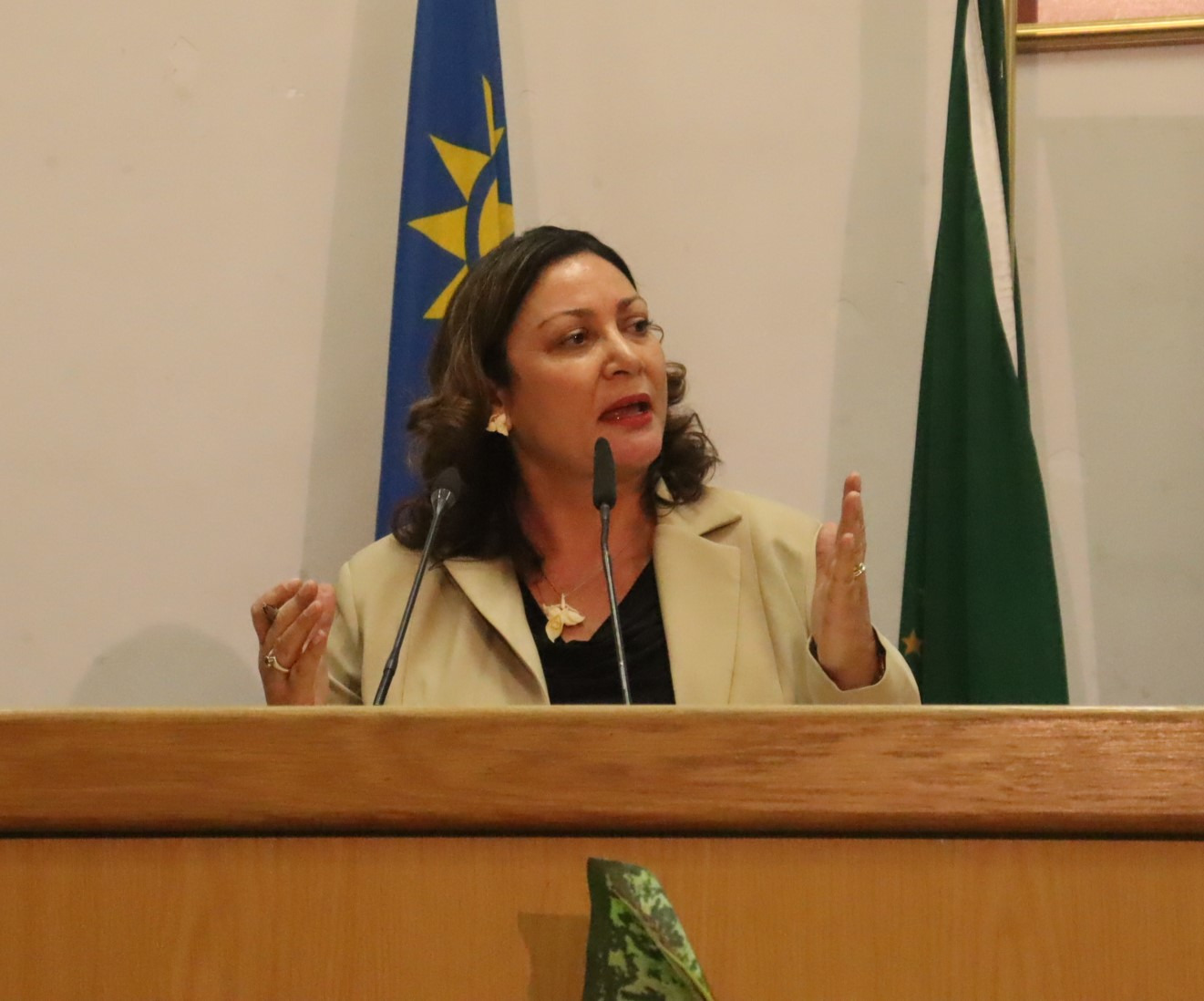MADRID – Jose Maria Macias has been in the water business for the best part of four decades and cannot remember a drought as bad as the one Spain is suffering now.
“We are going through a terrible drought. This is the third year of it and it’s probably the worst there has been in Spain,” he told Reuters in an interview on Friday.Macias is president of the Tagus water basin, which stretches across central Spain southwest to Portugal, supplying Madrid’s six million inhabitants on the way.Two months of Atlantic storms in October and November have brought only partial relief and the two big reservoirs at the head of the Tagus are only 12 per cent full.”The storms and rain were very abnormal this year.In the lower parts of the river basin it rained quite a lot but in the upper part it rained very little,” Macias said.He is cautious about attributing the drought to climate change with only a few years data to go on, but says that the country’s water authorities have to face up to climate change.”It’s probably going to give us totally different weather patterns, with less rain falling in less time and more violent storms,” he says.Most of Spain is naturally dry and suffers periodic cycles of drought, such as a five year one in the mid 1990s.The year from October 2004 to September 2005 was the driest at least since records began in the 1940s.Rain in 2005/6 was 11 per cent below average and 2006/7 is proving erratic.The Tagus has to supply an urban population of seven to eight million people in Madrid and the surrounding area, provide irrigation for 300 000 hectares of maize and pasture and cool two nuclear power stations.It then has to deliver a specified quantity and quality of water at the border with Portugal, as set out in a treaty on shared rivers.Another complication is that the big reservoirs at the head of the Tagus periodically have to send water to the dry southeastern regions of Alicante and Murcia.On Friday ministers approved the latest transfer of 22 cubic hectometres, half for urban use and half for irrigation.That means the Tagus is supplying a further two million people, at least until a batch of desalination plants along the Mediterranean coast is completed.Nampa-ReutersThis is the third year of it and it’s probably the worst there has been in Spain,” he told Reuters in an interview on Friday.Macias is president of the Tagus water basin, which stretches across central Spain southwest to Portugal, supplying Madrid’s six million inhabitants on the way.Two months of Atlantic storms in October and November have brought only partial relief and the two big reservoirs at the head of the Tagus are only 12 per cent full.”The storms and rain were very abnormal this year.In the lower parts of the river basin it rained quite a lot but in the upper part it rained very little,” Macias said.He is cautious about attributing the drought to climate change with only a few years data to go on, but says that the country’s water authorities have to face up to climate change.”It’s probably going to give us totally different weather patterns, with less rain falling in less time and more violent storms,” he says.Most of Spain is naturally dry and suffers periodic cycles of drought, such as a five year one in the mid 1990s.The year from October 2004 to September 2005 was the driest at least since records began in the 1940s.Rain in 2005/6 was 11 per cent below average and 2006/7 is proving erratic.The Tagus has to supply an urban population of seven to eight million people in Madrid and the surrounding area, provide irrigation for 300 000 hectares of maize and pasture and cool two nuclear power stations.It then has to deliver a specified quantity and quality of water at the border with Portugal, as set out in a treaty on shared rivers.Another complication is that the big reservoirs at the head of the Tagus periodically have to send water to the dry southeastern regions of Alicante and Murcia.On Friday ministers approved the latest transfer of 22 cubic hectometres, half for urban use and half for irrigation.That means the Tagus is supplying a further two million people, at least until a batch of desalination plants along the Mediterranean coast is completed.Nampa-Reuters
Stay informed with The Namibian – your source for credible journalism. Get in-depth reporting and opinions for
only N$85 a month. Invest in journalism, invest in democracy –
Subscribe Now!









